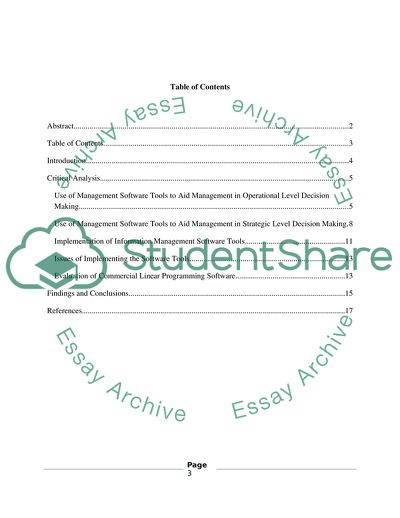Cite this document
(Critical Appraisal of Software Tools in a Commercial Environment Research Paper Example | Topics and Well Written Essays - 3250 words, n.d.)
Critical Appraisal of Software Tools in a Commercial Environment Research Paper Example | Topics and Well Written Essays - 3250 words. https://studentshare.org/information-technology/1855271-critical-appraisal-of-software-tools-in-a-commercial-environment
Critical Appraisal of Software Tools in a Commercial Environment Research Paper Example | Topics and Well Written Essays - 3250 words. https://studentshare.org/information-technology/1855271-critical-appraisal-of-software-tools-in-a-commercial-environment
(Critical Appraisal of Software Tools in a Commercial Environment Research Paper Example | Topics and Well Written Essays - 3250 Words)
Critical Appraisal of Software Tools in a Commercial Environment Research Paper Example | Topics and Well Written Essays - 3250 Words. https://studentshare.org/information-technology/1855271-critical-appraisal-of-software-tools-in-a-commercial-environment.
Critical Appraisal of Software Tools in a Commercial Environment Research Paper Example | Topics and Well Written Essays - 3250 Words. https://studentshare.org/information-technology/1855271-critical-appraisal-of-software-tools-in-a-commercial-environment.
“Critical Appraisal of Software Tools in a Commercial Environment Research Paper Example | Topics and Well Written Essays - 3250 Words”. https://studentshare.org/information-technology/1855271-critical-appraisal-of-software-tools-in-a-commercial-environment.


